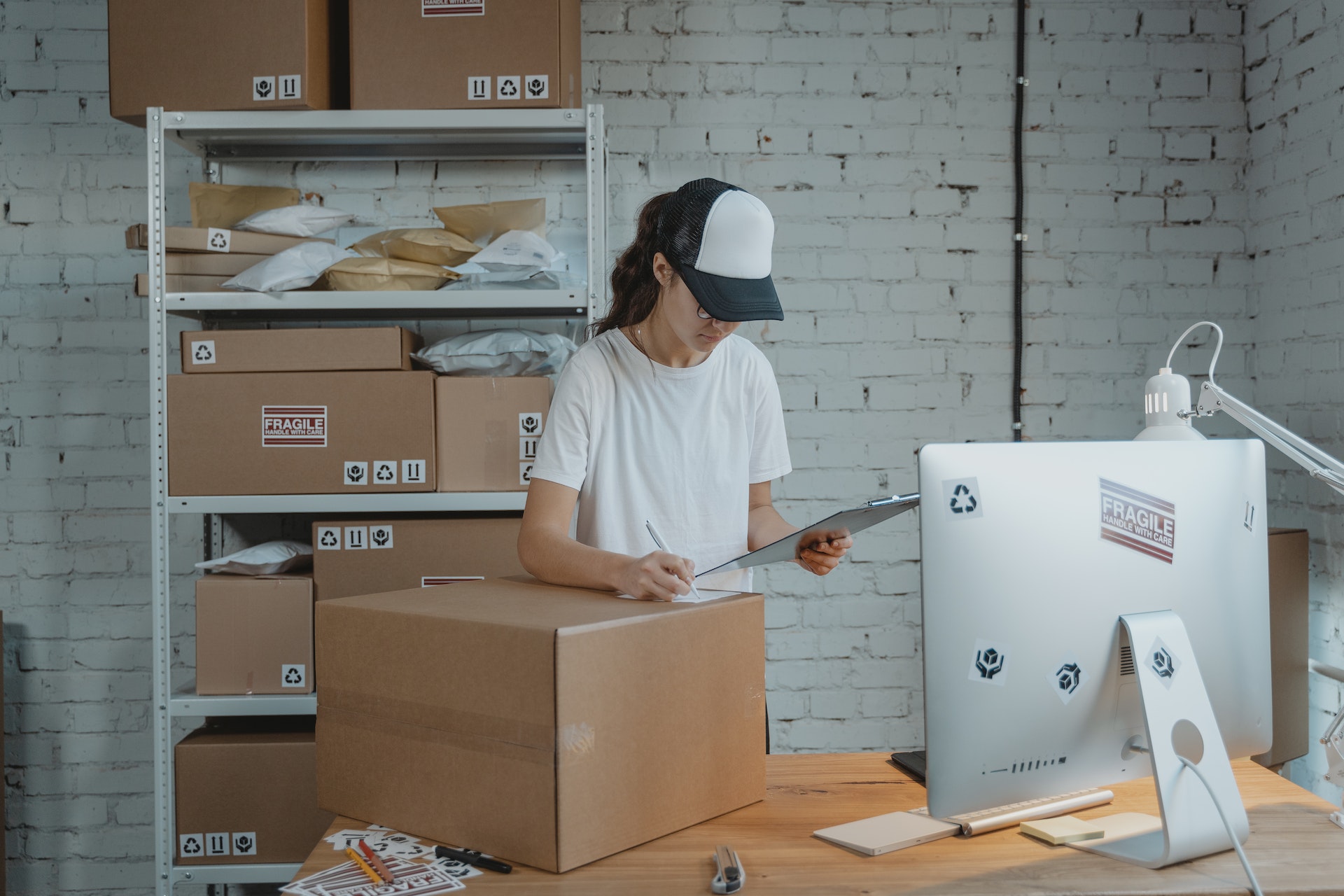From Cellophane to Cardboard: Exploring the Various Types of Business Packaging
Packaging is more than just a way to wrap up a product. It can make or break a company’s brand identity, affect the customer experience, and even impact the environment. From cellophane bags to cardboard boxes, there are countless types of packaging materials available for businesses today. In this blog post, we will explore the different types of business packaging and their various benefits and drawbacks. Whether you’re looking to improve your packaging game or simply curious about what options are out there, read on to discover everything you need to know about business packaging!
What is Business Packaging?
When it comes to business packaging, there are a variety of options available to companies. The most common types include cellophane, cardboard, and plastic. Let’s consider the differences.
Cellophane: Cellophane is a clear, thin film that is made from cellulose. It is commonly used for food packaging as it allows customers to see the product inside. Cellophane is also often used for gift wrapping as it gives the package a nice, clean appearance. However, cellophane is not very durable and can tear easily.
Cardboard: Cardboard is a stiff paperboard that is often used for packaging products such as cereal boxes and soda cans. The cardboard is very sturdy and can protect items from being damaged during shipping. However, cardboard is not transparent and does not allow customers to see the product inside.
Plastic: Plastic is a synthetic material that can be molded into different shapes. Plastic is often used for food packaging as it is durable and can be sealed tight to keep food fresh. However, plastic can be expensive and some consumers prefer environmentally friendly options such as cardboard or cellophane.
Pros and cons relating to the different types of packaging
– Cellophane
Cellophane is a type of business packaging that is often used for products that need to be kept fresh, such as food items. The cellophane bags available are made from cellulose, which is a natural polymer. Cellophane is transparent, making it a good choice for packaging products that need to be seen, such as cosmetics. Cellophane is also moisture-resistant, making it a good choice for packaging products that may be damaged by humidity, such as electronic components.
– Cardboard Boxes
Cardboard boxes are the most common type of packaging for businesses. They are relatively inexpensive and can be easily customized to fit the product being shipped. Cardboard boxes come in a variety of sizes and shapes, making them versatile for a wide range of products. Consider the weight and fragility of the product being shipped, as well as the size and shape of the box.
– Bubble Wrap
While most people think of bubble wrap as a packaging material for fragile items, it can be used for a variety of items. Bubble wrap is made from various materials such as polyethylene and polypropylene. Companies can purchase bubble wrap in a variety of colours, sizes, and thicknesses.
Bubble wrap is often used to protect delicate items during shipping. It is also used to cushion items in storage. Bubble wrap can be reused many times and is recyclable. When choosing bubble wrap, be sure to select the right size and thickness for your needs.

– Polythene Bags
Polythene bags are made from polyethylene, a type of plastic. They are commonly used for packaging food, clothing, and other small items. Polythene bags are usually made with two layers of material to make them more durable and to prevent tearing.
There are many different types of polythene bags available on the market, including:
– Flat polythene bags: These bags are typically used for packaging clothes or other flat items. They can be sealed with a heat sealer or by tying the bag shut.
– Gusseted polythene bags: These bags have pleats or gussets on the bottom, which allows them to expand and hold more items. They are often used for packaging larger items such as towels or blankets.
– Wicketted polythene bags: These bags have a metal wire or plastic strip running through the top of the bag, which helps to keep it open. They are often used for packaging food products such as bread or snacks.
Polythene bags are generally very affordable and easy to find.
How to Select the Right Type of Business Packaging for Your Needs
There are many types of packaging available for businesses, and the right type for your needs depends on several factors. Here are some things to consider when selecting business packaging:
The type of product you are packaging: Some products require special packaging, such as fragile items or food items. Make sure to select packaging that is appropriate for your product.
The size of your product: You will need to select packaging that is large enough to accommodate your product. If you are unsure about the size, err on the side of the larger packaging. It is better to have too much space than not enough.
The weight of your product: Heavier products will require sturdier packaging to prevent damage during shipping. Select packaging that can support the weight of your product.
The amount of protection you need: Some products require more protection than others. If your product is delicate or valuable, you will need to select packaging that provides extra padding and cushioning.
Your budget: Packaging can be expensive, so it is important to consider your budget when selecting business packaging. Choose the best quality packaging you can afford to ensure that your products arrive safely at their destination.
Conclusion
We’ve explored a variety of different types of business packaging, from cellophane to cardboard, each with its advantages and disadvantages. Ultimately, the type of packaging you choose will depend on your particular needs and preferences. By taking the time to research and compare various options available, you can ensure that your products reach customers in safe condition while also creating a great impression about your brand.



